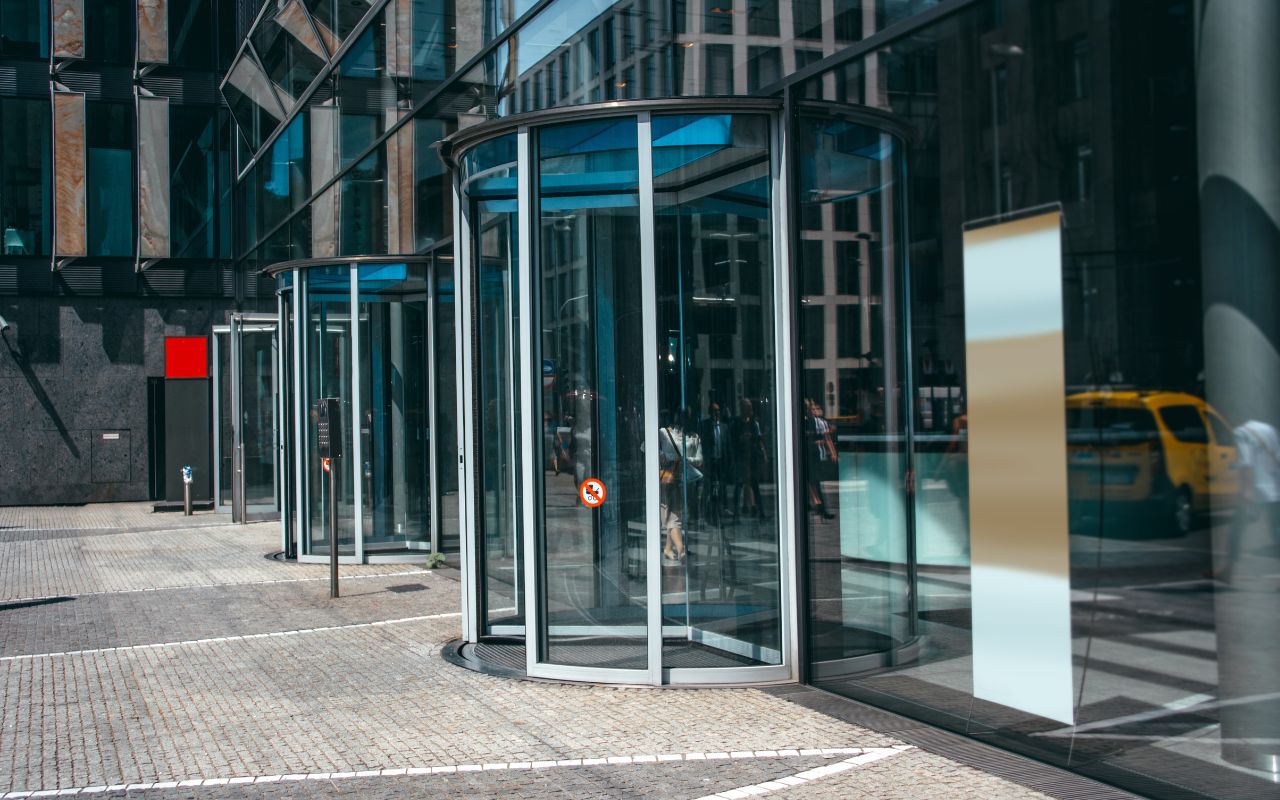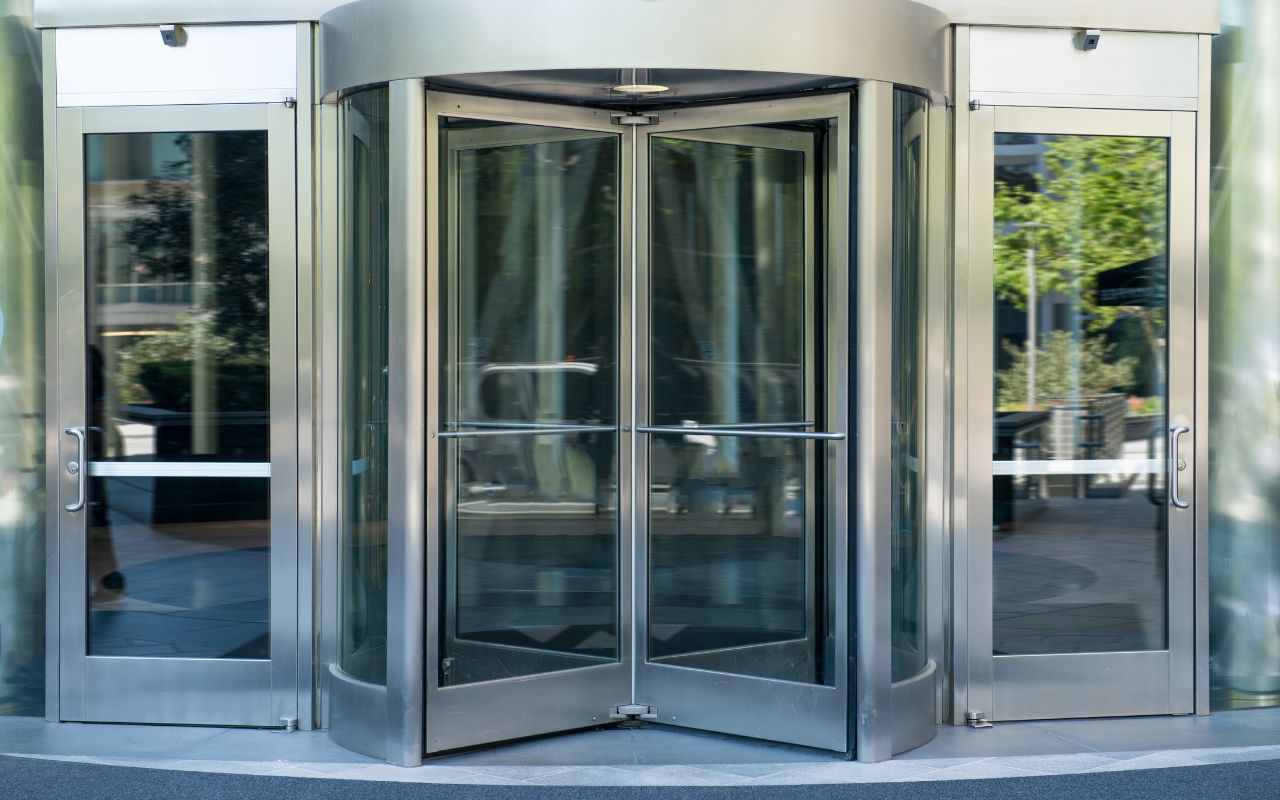In today’s world, implementing a security revolving door is essential for enhanced safety. These innovative barriers offer unparalleled control over building access, ensuring secure and efficient entry. They limit unauthorized access and blend seamlessly with modern architectural designs, making them a superior choice for many facilities.
The Advantages of Choosing Security Revolving Doors

Regarding safeguarding a facility, security revolving doors stand out for their unique blend of efficiency, safety, and aesthetics. These doors provide a controlled access point that effectively prevents tailgating and piggybacking, common issues in traditional security systems.
Firstly, these doors are designed to allow only one person to pass at a time, ensuring that each individual is screened before entry. This is especially vital in high-security areas where monitoring every entrant is crucial. Secondly, the physical structure of a revolving door ensures that once a person enters, they cannot turn back, thus preventing unauthorized exit or entry.
In addition to security benefits, these doors are also energy-efficient. They minimize air exchange between the inside and outside of a building, which helps maintain a consistent internal climate and lower heating and cooling costs. This makes them an eco-friendly choice, contributing to a building’s overall energy efficiency.
Furthermore, modern security revolving doors can be integrated with various authentication systems, such as biometric scanners, card readers, or facial recognition software. This integration allows for a seamless and sophisticated entry experience, enhancing security and convenience.
Lastly, these doors are highly customizable, which means they can be tailored to fit the specific aesthetics and architectural requirements of any building. This flexibility ensures that they enhance, rather than detract from, a facility’s overall look and feel.
Certifications and Standards
When selecting a security revolving door, it’s crucial to consider the certifications and standards that ensure their quality and reliability. These certifications are not just formalities but assurances of a door’s ability to perform under various conditions. Here are vital certifications and standards to look for:
- ANSI/BHMA Standards: The American National Standards Institute (ANSI) and Builders Hardware Manufacturers Association (BHMA) set benchmarks for durability and performance. Doors meeting these standards are tested for millions of cycles to ensure longevity.
- UL Certification: Underwriters Laboratories (UL) certifies products for safety. A UL-certified door has been rigorously tested for fire safety and electrical hazards.
- EN 16005: This European standard focuses on the safety of automatic doors for pedestrian use. It ensures the doors are safe for all users, including those with disabilities.
- ISO 9001 Certification: This international standard signifies quality management systems. It ensures that the manufacturer consistently provides products that meet customer and regulatory requirements.
- CE Marking: A CE mark indicates conformity with health, safety, and environmental protection standards for products sold within the European Economic Area.
These certifications not only ensure the functional integrity of the doors but also their compliance with international safety and performance standards. Additionally, they reflect a commitment to continuous improvement and customer satisfaction.
When investing in security revolving doors, choosing a product that adheres to these standards is essential, ensuring a reliable, safe, and efficient entry solution for your facility.
Choose The Chicago Door People for Trusted Security Solutions
Elevate your building’s safety with The Chicago Door People’s certified security revolving doors. Offering top-notch security and efficiency, our doors meet rigorous standards. Join the ranks of satisfied clients who trust us for their security needs. Contact us today and step into a safer tomorrow.

